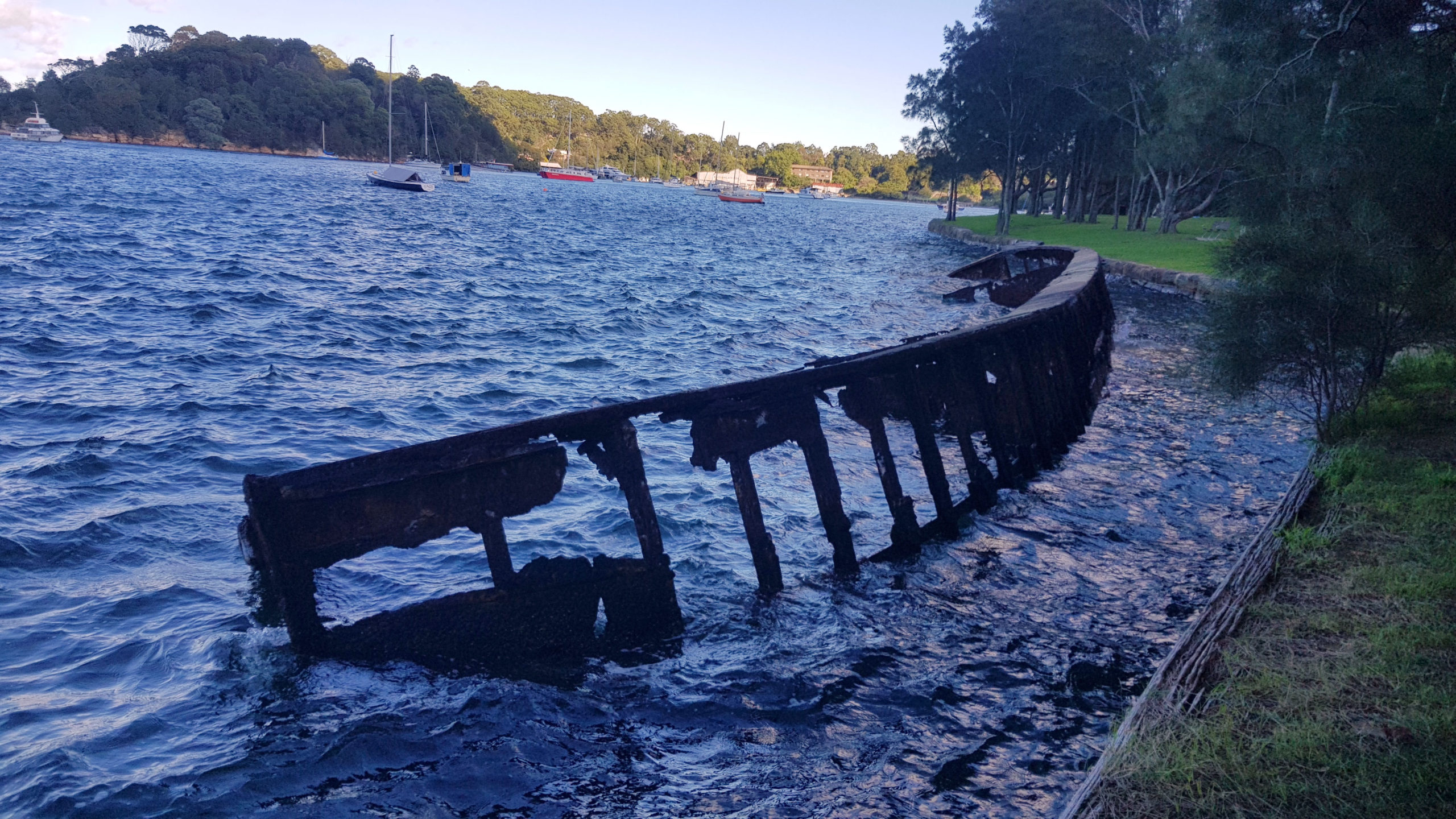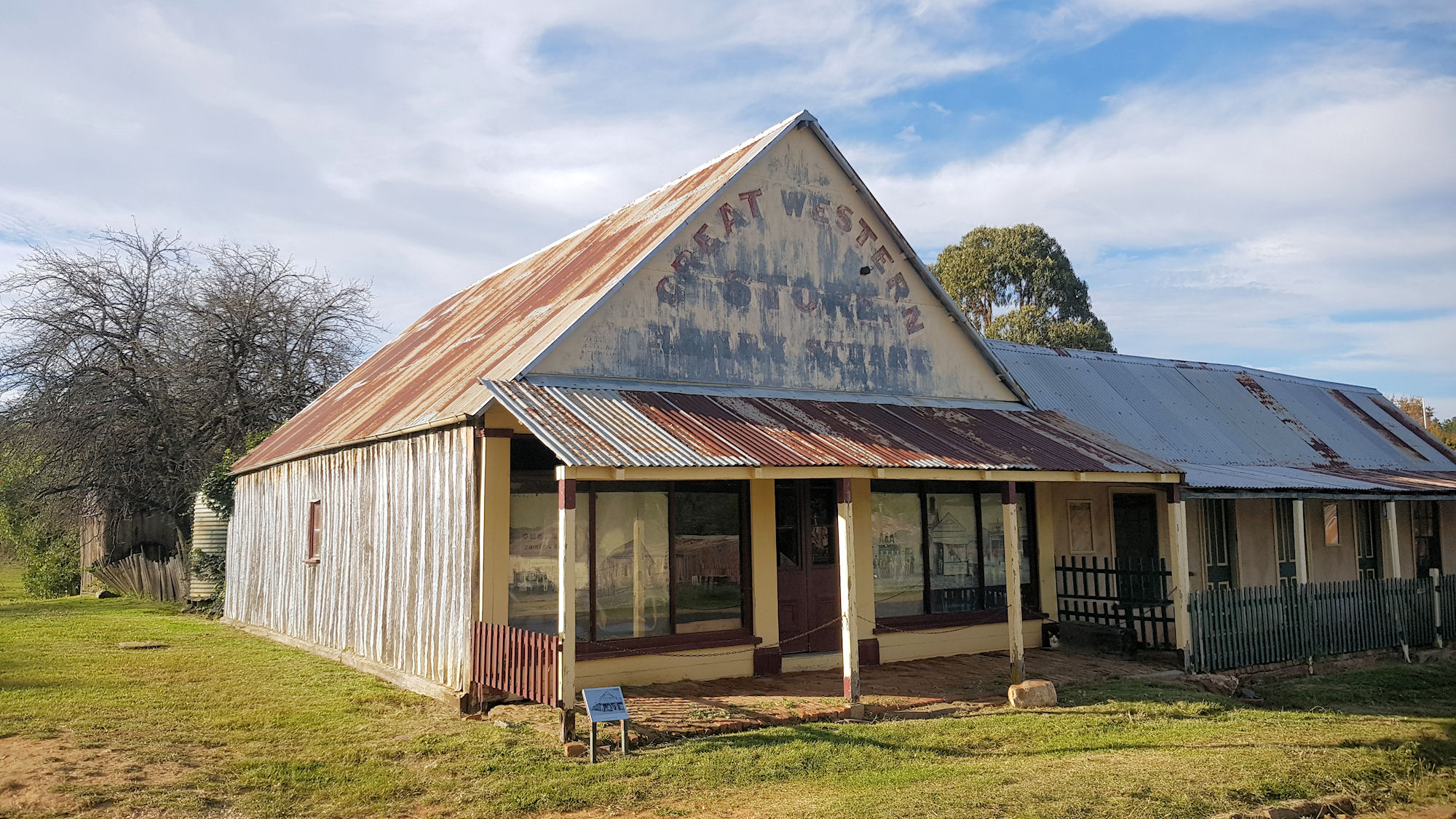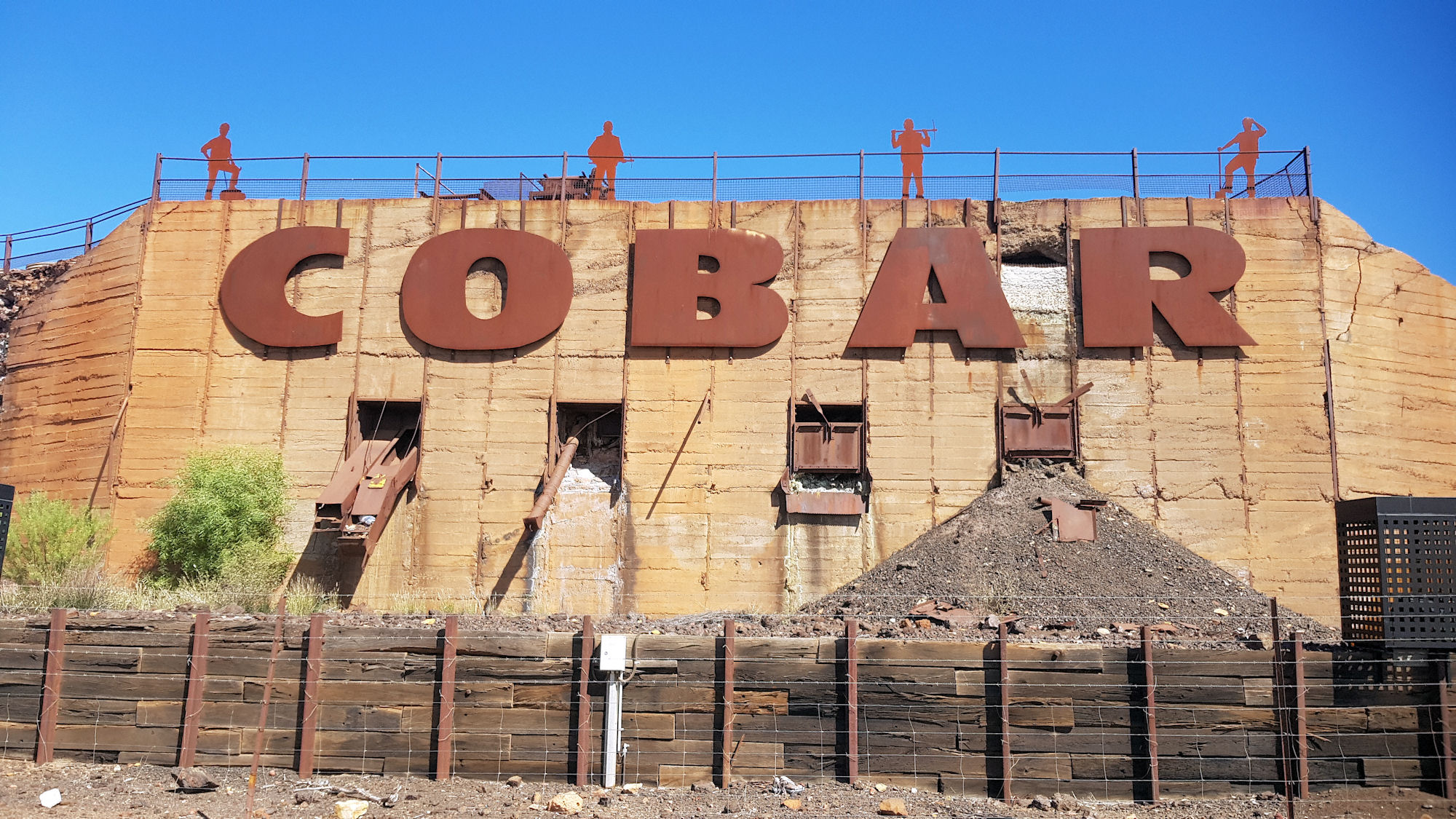Category: New South Wales
-
Sawmillers Reserve on Sydney Harbour

Sawmillers Reserve on Sydney Harbour Located in the Sydney suburb of Waverley, Sawmillers Reserve is a beautiful park with an industrial heritage. For 100 years from 1880, the area housed a sawmill, but is now a leafy park on Sydney Harbour. Not only are remnants of the sawmill visible, but a ship wreck sits on… Read more
-
Hill End Historical Gold Mining Town

Hill End A gold rush in the 1870s turned Hill End from a small rural village into one of the largest inland towns in New South Wales. When the boom finished, the town reverted back to a small village, however unlike other boom / bust towns many of the historic buildings remain. Now heritage listed,… Read more
